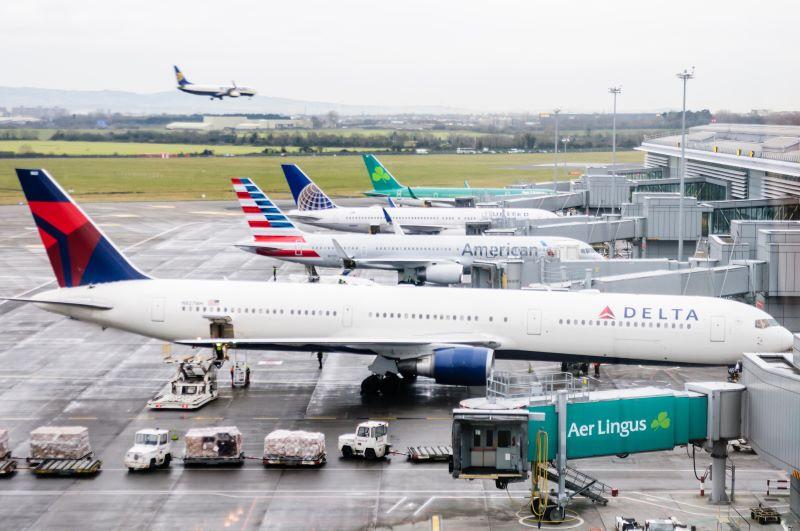
Credit: Stephen Barnes/Alamy Stock Photo
American Airlines, Delta Air Lines and United Airlines collectively spent $2.1 billion on maintenance in the 2023 second quarter (Q2), 47% above the level seen in pre-pandemic Q2 2019, according to a new report by investment bank Jefferies. This trend augurs well for the commercial aftermarket, with...
Subscription Required
This content requires a subscription to one of the Aviation Week Intelligence Network (AWIN) bundles.
Schedule a demo today to find out how you can access this content and similar content related to your area of the global aviation industry.
Already an AWIN subscriber? Login
Did you know? Aviation Week has won top honors multiple times in the Jesse H. Neal National Business Journalism Awards, the business-to-business media equivalent of the Pulitzer Prizes.





